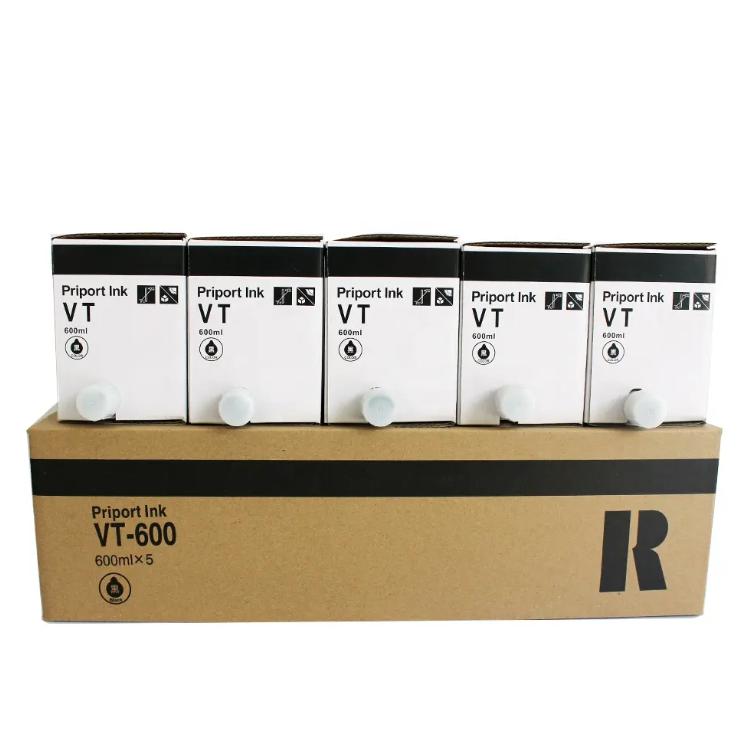popular fuser unit
The fuser unit is a critical component in modern printing systems, serving as the heart of the thermal printing process. This essential device employs a combination of heat and pressure to permanently bond toner particles to paper, creating crisp, professional-quality prints. Operating at precisely controlled temperatures typically ranging from 350 to 425 degrees Fahrenheit, the fuser unit consists of two main components: a heated roller and a pressure roller. These work in tandem to ensure uniform toner adhesion across the entire page. The heated roller, often equipped with advanced ceramic heating elements, maintains consistent temperature distribution, while the pressure roller, typically made of high-grade silicone rubber, ensures even contact between the paper and heating surface. Modern fuser units incorporate sophisticated temperature sensors and control systems that help maintain optimal operating conditions while protecting against overheating. These units are designed for durability, capable of processing thousands of pages before requiring maintenance or replacement. The technology has evolved to accommodate various paper types and weights, making it versatile for different printing needs in both office and industrial settings.


